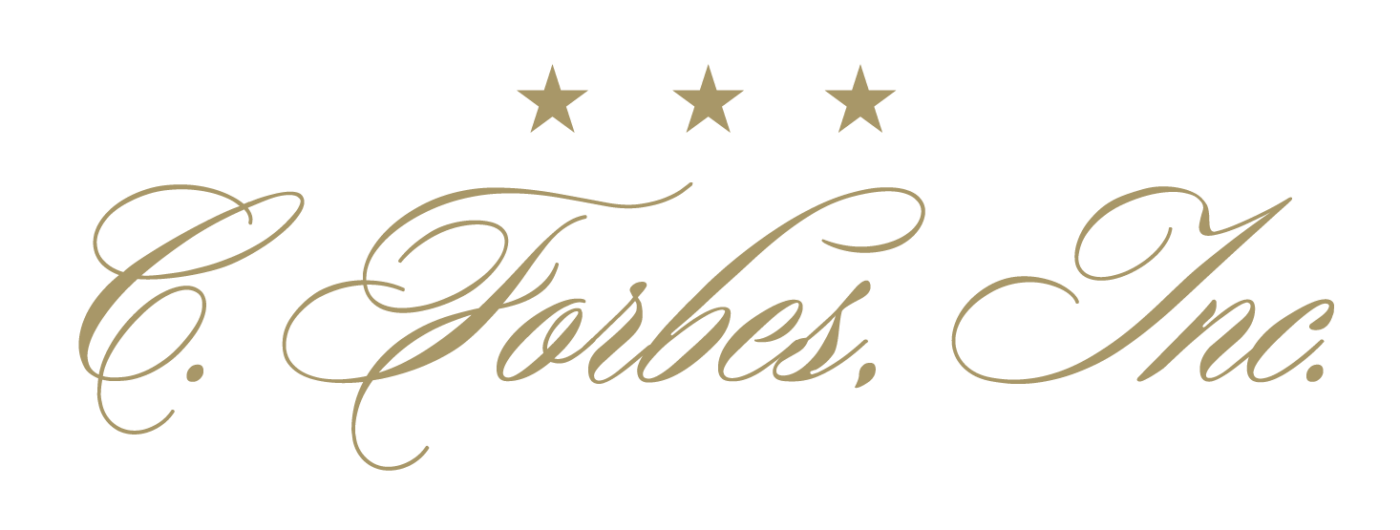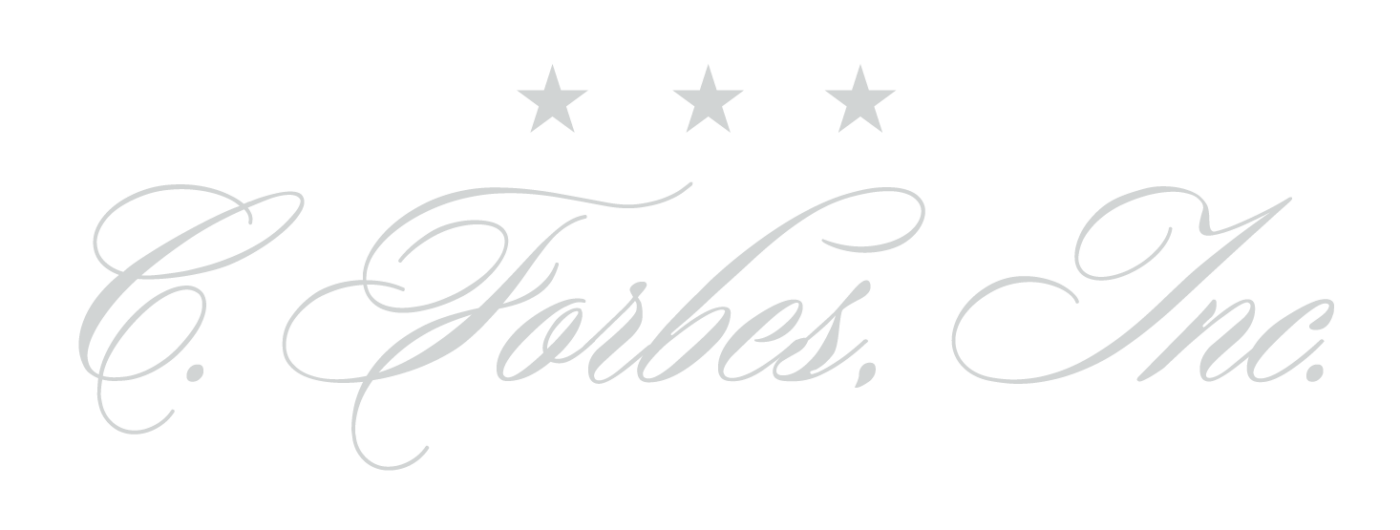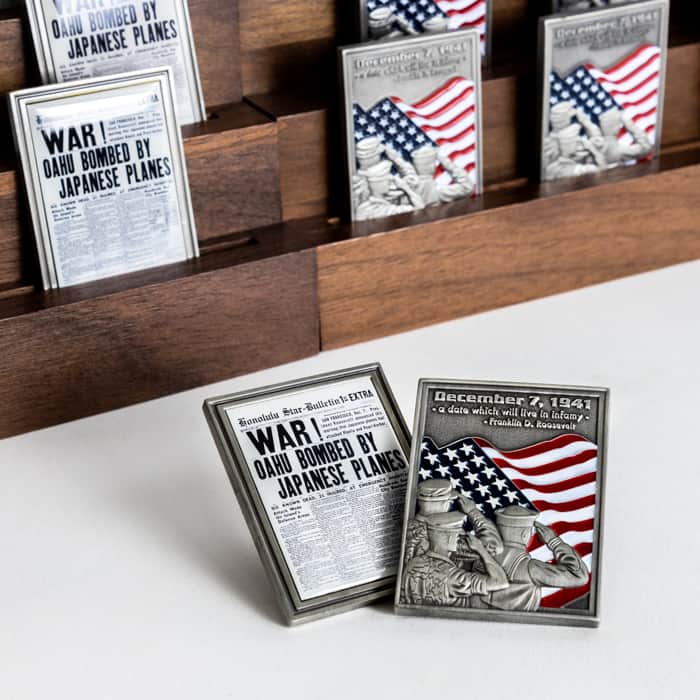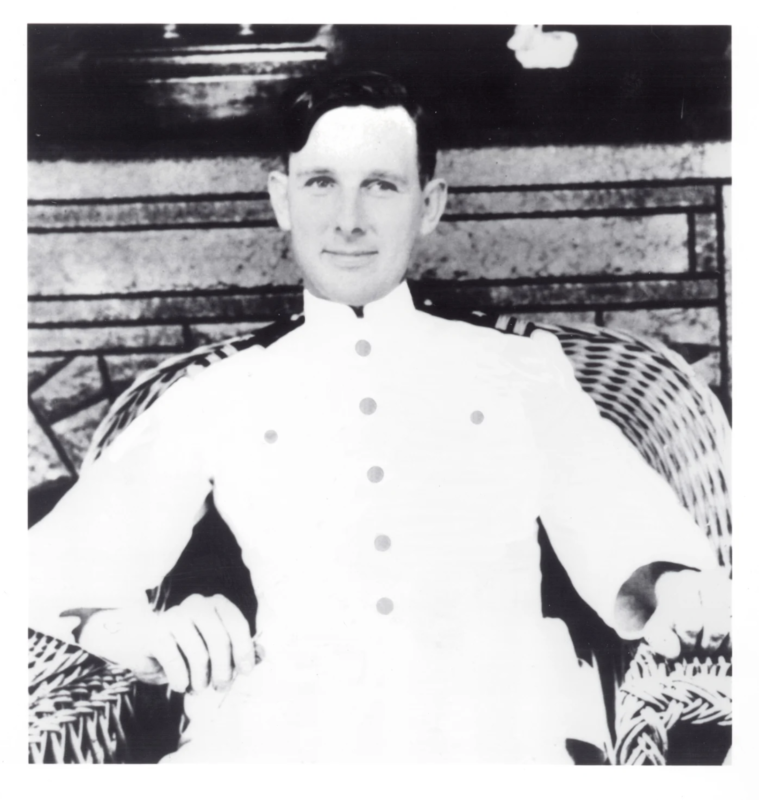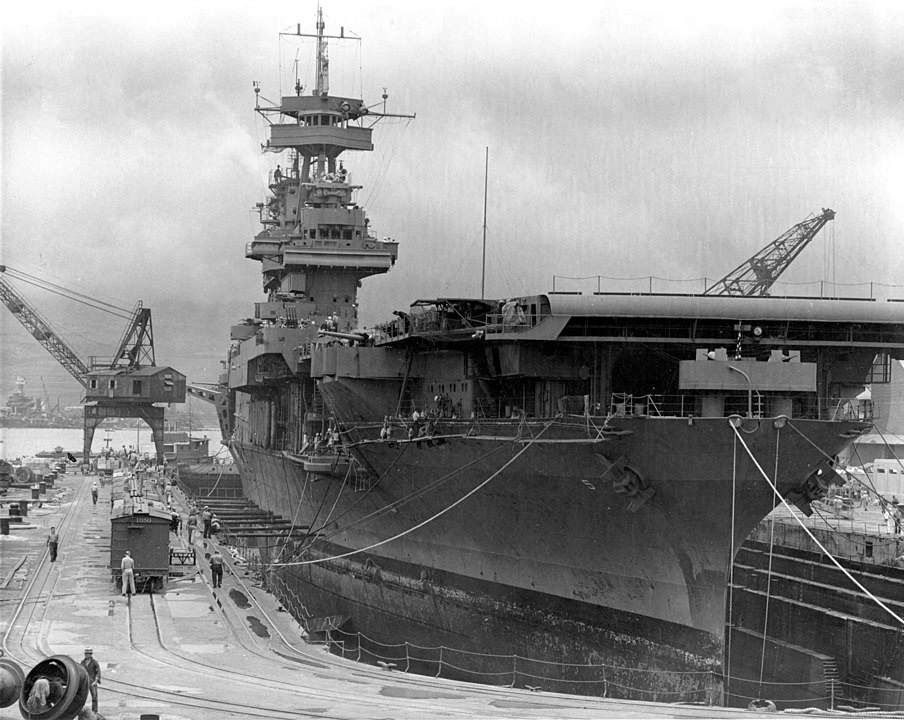Midway is part of a small chain of outlying islands located west of Hawaii in the Pacific Ocean, almost directly in between the United States and Japan. The Battle of Midway was an epic naval clash between the U.S. and the Japanese that occurred in the six months after the devastating Japanese surprise attack on US Naval forces at Pearl Harbor in 1941. The U.S. Navy’s decisive victory in the air-sea battle (June 3-6, 1942) and its successful defense of the major base located at Midway Island sacked Japan’s hopes of pushing the United States navy out of the Pacific and effectively turned the tide of World War II in the Pacific Theater.
Japan’s Desire For The Pacific
Japan’s efforts to dominate in the western Pacific hit it’s first big bump in the Battle of the Coral Sea in May 1942, when U.S. forces turned back a Japanese invasion of New Guinea. Despite the setback, the Japanese were still willing to bet on their strength in resolve and in numbers. Hoping to maintain momentum from the success of the Pearl Harbor attack, Japan decided to follow up with a surprise attack aimed at the Allied base at Midway Island. After a diversionary attack by a small Japanese force on the Aleutian Islands, off the coast of Alaska, The Japanese planned a sweeping three-pronged approach toward Midway by air, sea, and land.
US Codebreakers
Meanwhile U.S. Navy cryptanalysts had begun breaking Japanese communication codes early in 1942. Suspecting an imitant attack somewhere in the region, they launched a series of counter intelligence messages that resulted in confirming the location of the planned attacks. With Japan’s fleet spread so thin, Japanese radio communications were a must, enabling Navy cryptanalysts based in Hawaii to intercept, decode, and plan a defense.
A Ghost From The Near Past
The Japanese believed that the U.S. aircraft carrier Yorktown, which they had sunk during the Battle of the Coral Sea, would be out of commission. Turns out the damaged carrier was repaired in just two days and directly rejoined the U.S. fleet near Midway in preparation for Japan’s attack. This ship would serve as tactical genius later in the battle.
And So It Begins
Though US forces knew an attack on Midway was emmenant, they still couldn’t see all of Japan’s cards. The Japanese diversionary attack went off as planned, as did the next strikes from the Japanese fleet. The Allied forces attempts to defend and counter punch were looking dire. However, Japan soon spotted portions of the US Fleet including the carrier Yorktown located East of Midway, causing a change in tactics. As Japanese forces refocused their attacks on the Yorktown group, Midway and other carriers were able to launch a series of strikes that would prove effective in shifting momentum substantially in favor of the US. While an abandoned but still afloat Yorktown drew fire, US bombers were able to knock out all 4 of the Japanese carriers, rendering their air assault asunder.
Read this Battle Summary published by History.navy.mil.
Although the scarcely reinforced Japanese were able to deal a couple of significant submarine blows before retreating, sinking two additional US carriers, the US emerged the victor at Midway, turning the tide in the Pacific.
